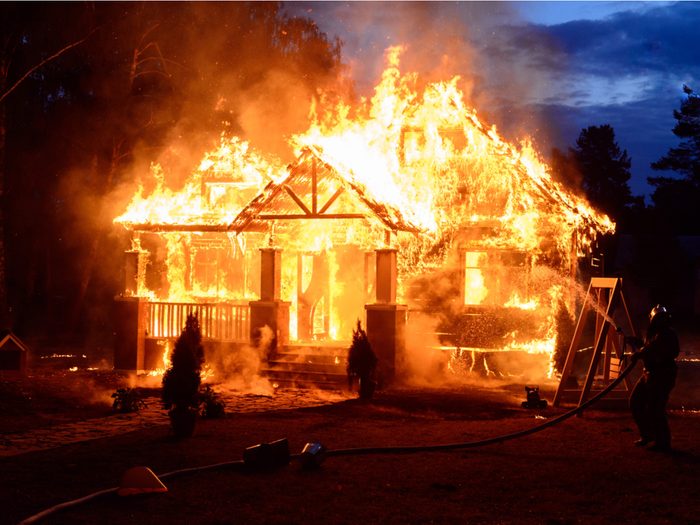
Fire deaths tend to happen in the middle of the night
Four in 10 fatal house fires occur between 10 p.m. and 7 a.m., when most residents are asleep. “Make sure you have working smoke alarms on every storey and outside every sleeping area,” says Ryan Betts, spokesperson for the Office of the Fire Marshal of Ontario.
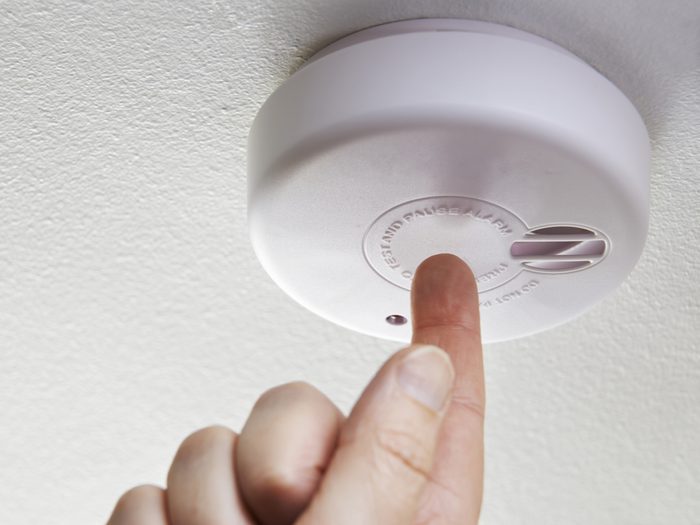
Test smoke alarms monthly
“Vacuum around the alarm to clear any dust that could block the smoke sensor,” says Betts. Replace the battery twice a year and replace the alarm itself by its expiry date.
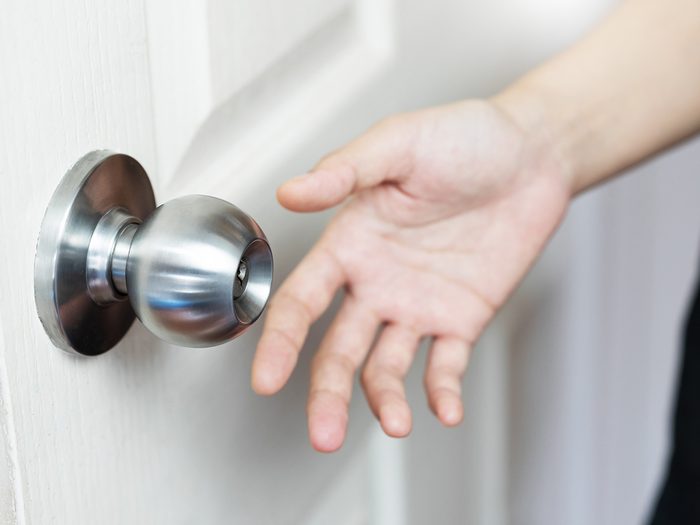
Know this unlikely survival tip
Closing your bedroom door while you sleep may help firefighters save your life. “A bedroom with a closed door will heat up to 37°C, versus 500°C outside the door,” says Cynthia Ross Tustin, president of the Ontario Association of Fire Chiefs.
Find out why you should always trim candle wicks before lighting.
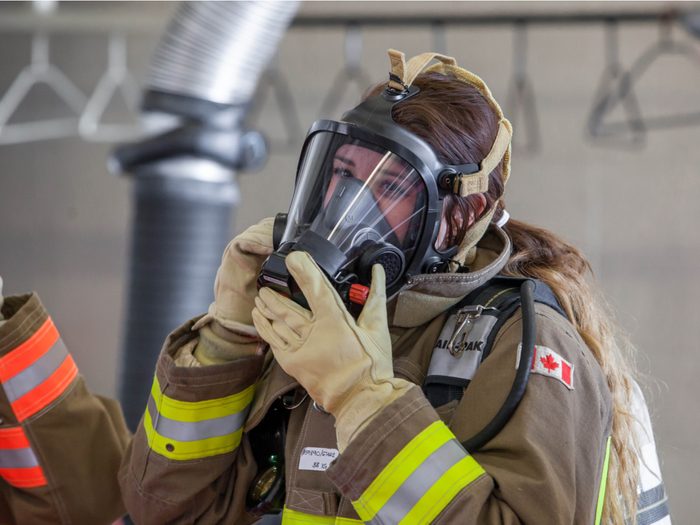
Beware of carbon monoxide poisoning
Carbon-monoxide gas, which you can’t see or smell, is a leading cause of accidental poisoning deaths in North America. Have fuel-burning appliances serviced annually—if they malfunction or are poorly vented, they can potentially emit CO, causing confusion and nausea at low levels and killing you within 20 minutes at high levels.
Discover the most common causes of house fires in Canada.
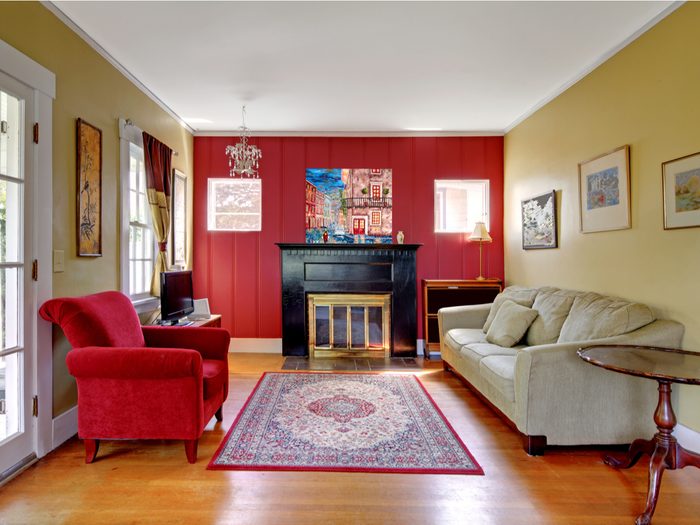
Carbon monoxide alarms are essential
Install a CSA- or UL-approved carbon-monoxide detector on each floor of your home. To prevent false alarms, keep them at least 4.5 metres (14.5 feet) away from gas appliances.
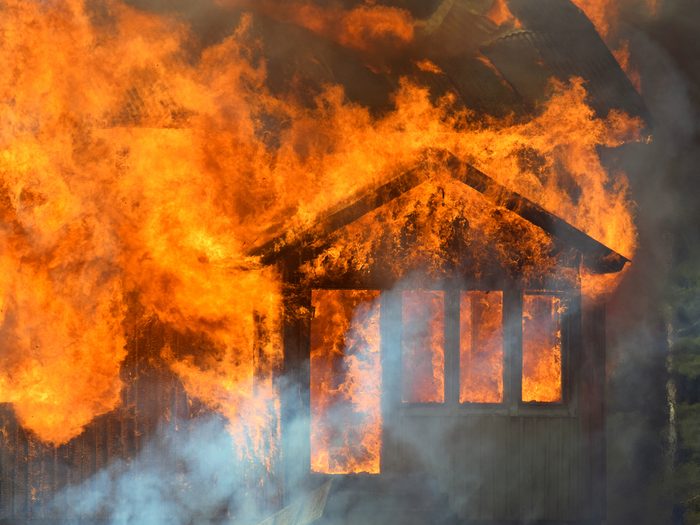
Newer homes and furniture burn faster
Forty years ago, you had an average of 15 to 17 minutes to escape a house fire. Now, with synthetic materials and open floor plans, you have an average of two to three minutes before the house is engulfed.
Don’t miss these natural disaster survival tips from a Red Cross volunteer.

Form an exit plan
Each bedroom should have two possible exits, and a designated adult should help children or the elderly. “When an alarm sounds, head straight outside, gather at your meeting point and call 911 from there,” says Tustin.
Read about the worst forest fire in Canadian history.
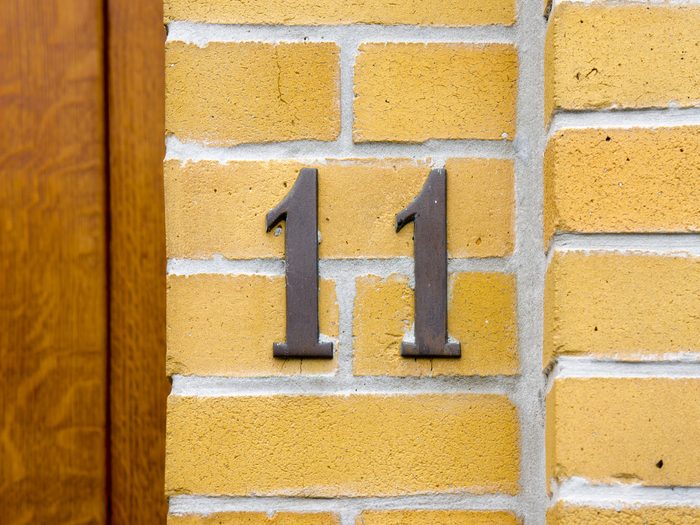
Are your house numbers visible?
To help the fire department find you, your house number should be clearly visible. If your house is far from the road, have the number displayed at the end of the driveway.
Test your knowledge of first aid terms.
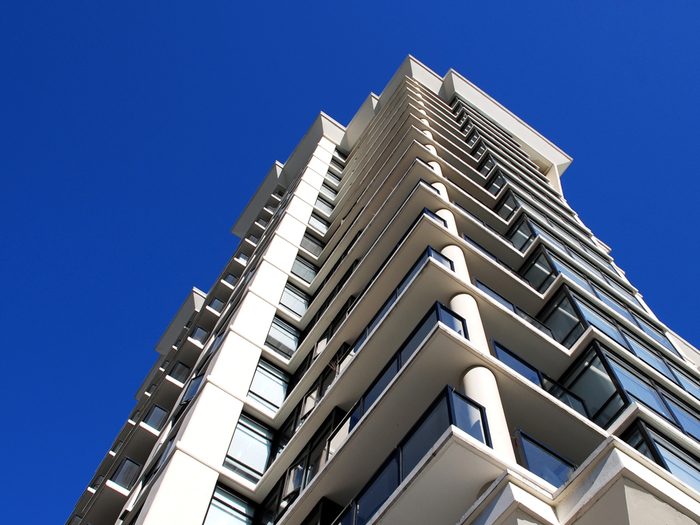
Condo dwellers should study their building’s fire-safety plan
“If the alarm system has voice prompts, you’ll be instructed whether to stay put or exit by the emergency stairs,” says Betts. “Don’t try to take the elevators—they’ll be recalled to the ground floor.”
Here’s why you should always turn off the bathroom fan before leaving on vacation.
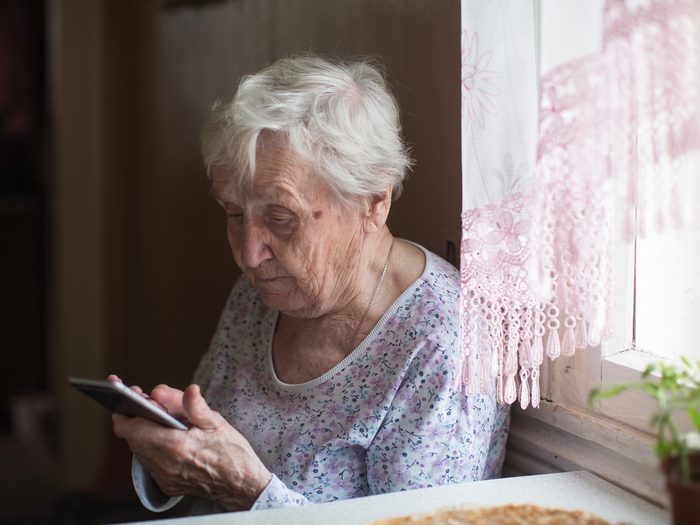
There are more risks for the mobility impaired
If you have mobility issues, you’re responsible for informing your building management that you’ll need assistance in an emergency. “If there is a fire, call 911 yourself, even if the fire department is already there,” says Tustin. “Tell the dispatcher which unit you can be found in.”
Make sure you never do this during a power outage.
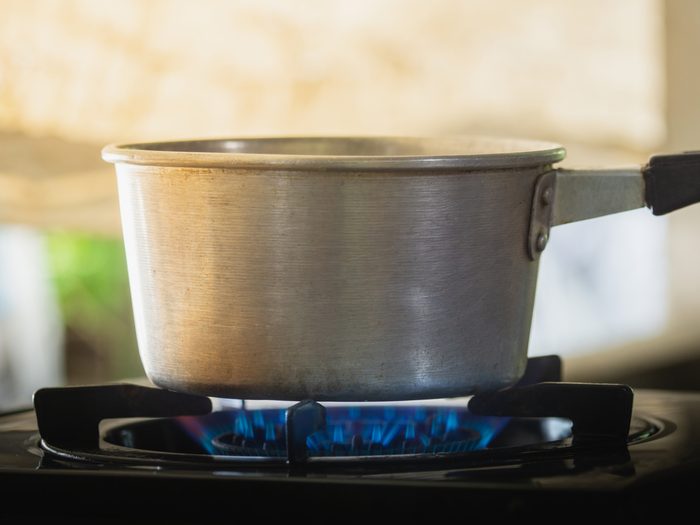
Cooking mishaps are the leading cause of residential fires
“Always have a tight-fitting pot lid handy to smother the flames,” says Betts. “Never throw water on a cooking fire.” The heat from the water can trigger an explosion of flaming grease.
Suprise—these items are fire hazards if you don’t clean them enough.
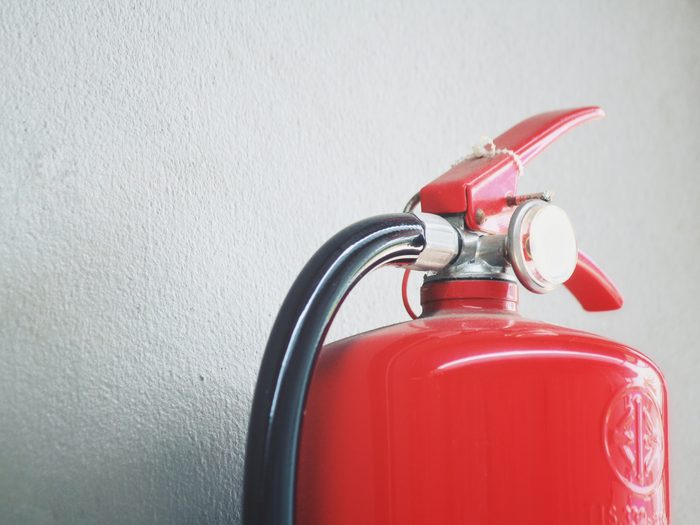
Memorize the PASS technique
If covering the pot doesn’t help, use a fire extinguisher. Remember the acronym PASS—(P)ull the pin, (A)im the nozzle, (S)queeze the trigger and (S)weep the nozzle from side to side. “In the meantime, someone else should be calling 911,” says Tustin.
Here’s what every first aid kid needs.
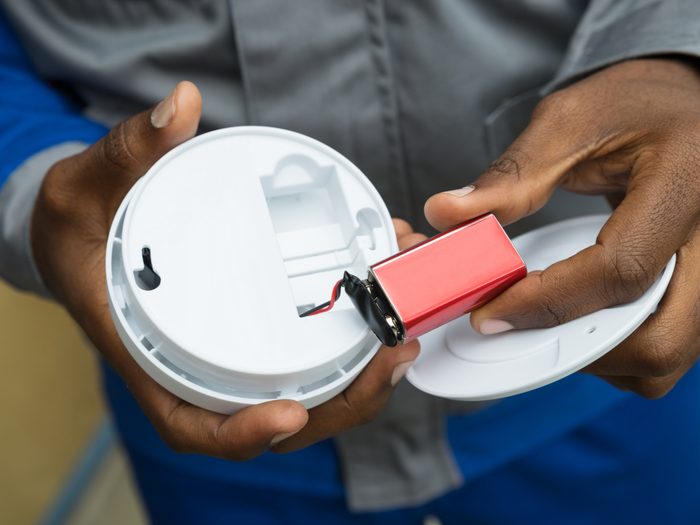
Smoke alarms that beep loudly may not keep you safe
If you take sleeping pills or are hearing impaired, invest in an alarm system with strobe lights and a vibrating pad for under your pillow.
Next, follow our healthy home checklist to eliminate potential hazards in every room.